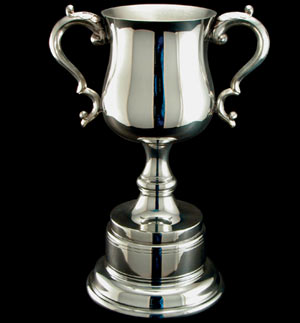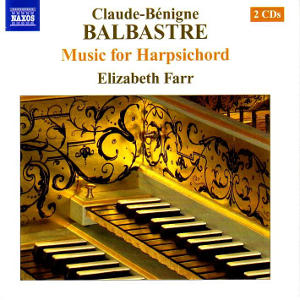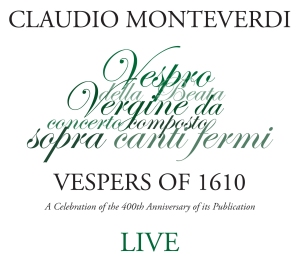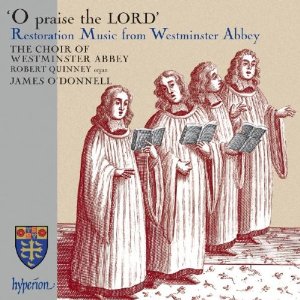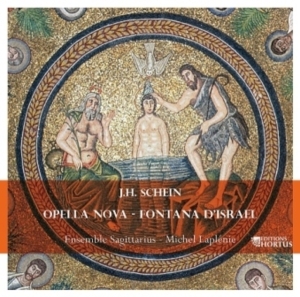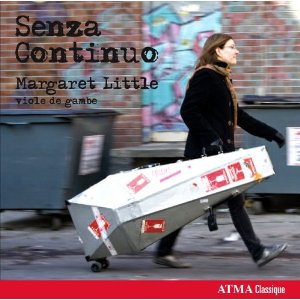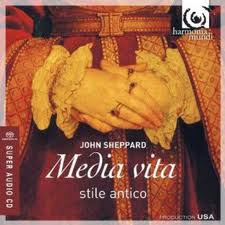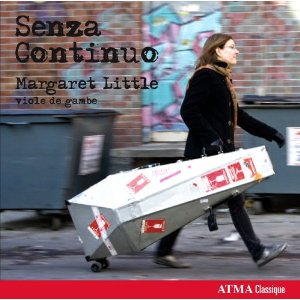It’s been a pretty good year for early music recordings with self-produced projects and indie label releases rising to the top of the class. Two New York-based ensembles won glory this year and recordings on the ATMA Classique label proved that Montréal is an early music capitol city. Here’s some of the best, what were your favorites?
Claude-Bénigne Balbastre: Music for Harpsichord
Elizabeth Farr, harpsichord
(Naxos)
Farr plays a big Keith Hill harpsichord with two buff stops and makes a great case for this music which balances wit with tenderness.
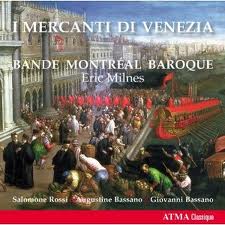
I Mercanti Di Venezia
La Bande Montréal
Eric Milnes, director
(ATMA Classique)
This is a superb recording of music by Jewish composers in Italy. It’s performed by an ensemble of A-list players from the city which has supplanted Boston as the epicenter of North American early music.
Monteverdi: Vespro della Beata Vergine
Green Mountain Project
Jolle Greenleaf and Scott Metcalfe, directors
(Green Mountain Project)
This was one of the most inspiring stories of the year, a recording by a handful of super-dedicated musicians who mounted a production of the Vespers to celebrate the work’s 400th anniversary. They performed the work on January 3rd, in what was probably the first performance of the Vespers in the anniversary year. By the way, it’s one of the very best recordings of the Vespers out there.
You can order directly from the Green Mountain Project and proceeds will help these folks repeat the performance on January 2, 2011.
O Praise the Lord, Restoration Music from Westminster Abbey
Westminster Abbey Choir
James O’Donnell, director
(Hyperion)
Hyperion’s ongoing series with the Westminster Abbey Choir has been uniformly superb. This one has music by John Blow, Henry Purcell and some lesser-known Restoration composers.
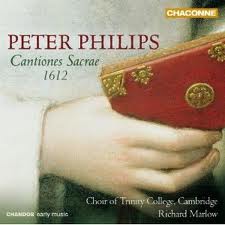
Peter Philips: Cantiones Sacrae 1612
Choir of Trinity College, Cambridge
Richard Marlow, conductor
(Chandos)
The Cantiones Sacrae are scored for five voices and glow with spiritual fervor and melodic beauty. The excellent Choir of Trinity College, Cambridge under the direction of Richard Marlow are marvelous.
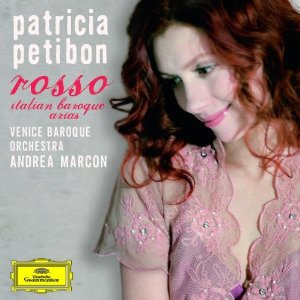
Rosso, Italian Baroque Arias
Patricia Petibon, soprano
Venice Baroque Orchestra
Andrea Marcon, director
(DG)
Petibon is ideal in these high-flying showpieces by Handel, Scarlatti, Porpora and others.
Johann Hermann Schein: Opella Nova
Sagittarius
Michel Laplénie, director
(Editions Hortus)
Schein was one of the first German Protestant composers to assimilate the Italian style and write vocal concertos based on German chorale tunes—that’s a tasty blend! The French ensemble Sagittarius is superb and I hope they continue to record more of Schein’s music.
Senza Continuo
Margaret Little, viola da gamba
(ATMA Classique)
When I reviewed this one earlier this year I wrote, “I’ve never heard a bad recording involving viola da gambist Margaret Little.” I stand by the statement, this recording of works by English, French and Italian composers is essential listening.
John Sheppard: Media vita
Stile Antico
(Harmonia Mundi)
Audiences and critics have been tripping over themselves dishing out praise for this excellent ensemble and the truth is Stile Antico delivers as promised. Their vocal blend and tonal quality are brilliant, the clarity of their singing is top-flight.
Tudor City
New York Polyphony
(Avie)
While the Stile Antico love-fest/press blitz was rolling along, you might have missed Tudor City. I hope you didn’t, because this is a superb album, the best recording of early vocal music of the year. Worcester Fragments, Eton Choirbook music, Dunstable, Byrd, Tallis, Tye and Smith all sit together so well and the performances are stunners.
